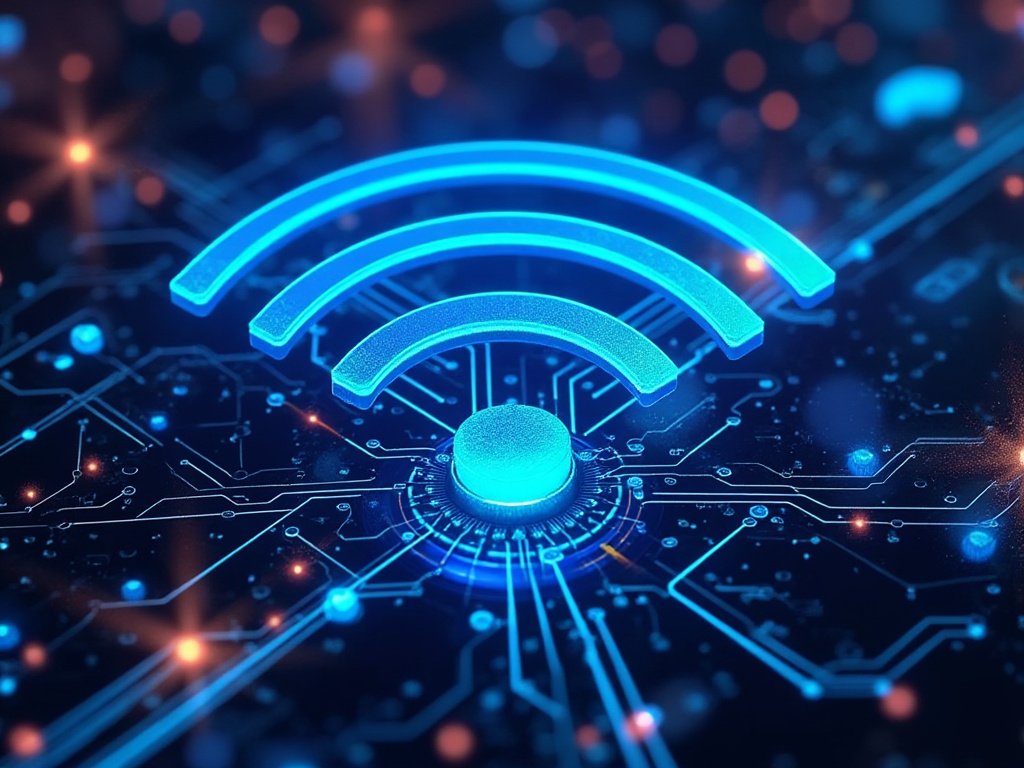
Navigating the WiFi Waves: Security and Productivity Challenges in Today's Organizations
In an era where digital connectivity is as vital as the air we breathe, WiFi networks have become both the lifeline and the Achilles' heel of modern organizations. The ubiquity of wireless internet has democratized access to information but has also ushered in an array of security and productivity challenges that organizations must confront head-on.
The landscape of WiFi security is fraught with perils like unauthorized access, where the once-clear lines of network perimeters blur, inviting external threats into the heart of organizational networks. Data, the lifeblood of today's businesses, floats through the air, vulnerable to interception if not robustly encrypted. Meanwhile, the explosion of IoT devices, often hastily secured, introduces new vectors of attack, necessitating a rethink on network segmentation and device management.
On the productivity front, the relentless push towards digital transformation and remote work has strained network resources, leading to congestion and performance issues that can cripple business operations. Bandwidth, once a concern only for telecoms, has become a critical resource to manage, requiring smart allocation strategies to ensure that critical applications run smoothly.
Herein lies the opportunity for smart thinking solutions. By leveraging technologies like AI for predictive analytics in network management, adopting zero trust models for enhanced security, and fostering a culture of continuous education on cybersecurity, organizations can transform their WiFi from a vulnerability into a strategic asset. This transformation involves not just deploying the latest tech but reimagining how networks support the dynamic, distributed workforce of today. In doing so, businesses don't just solve problems; they set the stage for innovation, securing not just their data, but their future in a digitally connected world.
